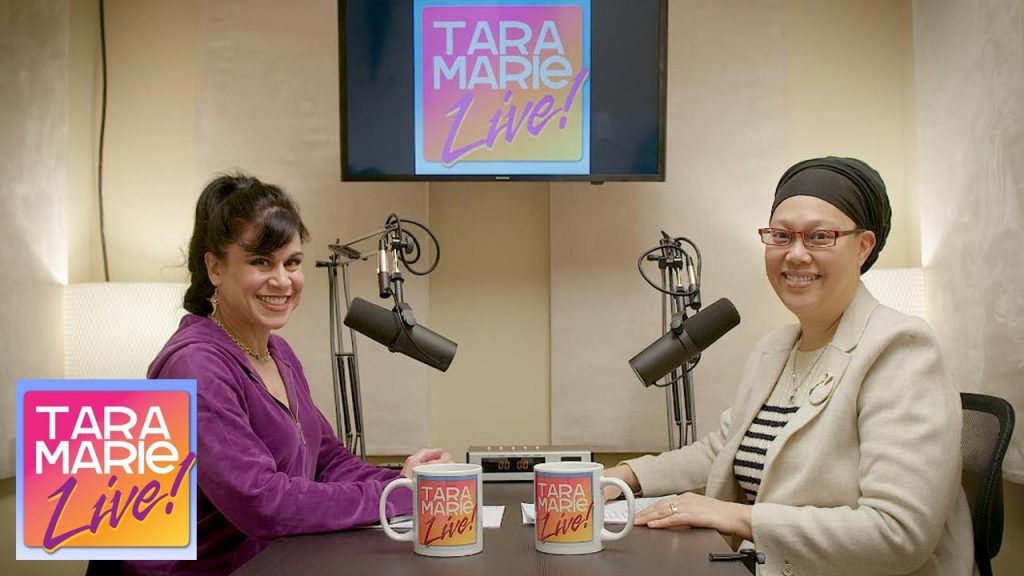The Official Blog of Tara Marie Segundo, M.A.
 On the latest episode of my podcast, TARA MARIE LIVE, we broach a topic that reflects the concerns of so many of my listeners—a slow metabolism. People are frustrated because they believe that they are doing everything right, but the results are just wrong.
On the latest episode of my podcast, TARA MARIE LIVE, we broach a topic that reflects the concerns of so many of my listeners—a slow metabolism. People are frustrated because they believe that they are doing everything right, but the results are just wrong.
For this episode, I tapped one of my listener favorites, Dr. Patricia Pimentel Selassie.
People love Dr. Selassie because she gives practical advice that can be implemented easily. As a Naturopathic Physician, she treats patients with a wide variety of health concerns, and her philosophy is to treat the whole patient in such a way that allows the body to do what it does best—heal itself.
When I was growing up, I was taught information about fat loss that I now know to be false. In fact, much of what I was taught inadvertently slows metabolic rate, making fat loss even harder.
Many people believe that, with age, metabolism naturally slows and we must accept this as an unfortunate fact of life. This is untrue. I find (and science confirms) that it has more to do with what you do and what you stop doing as you age that creates a metabolic slow-down.
So, what is metabolism? Metabolism is any process occurring within a living cell or organism necessary for life. The majority of metabolic function has to do with converting food into energy. This process is called Thermogenesis.
Basal Metabolic Rate (BMR) is your metabolic rate when you are inactive, creating energy to heal and breathe. This reflects your caloric burn in a 24 hour cycle to maintain basic physiologic function.
You may have also heard the term Resting Energy Expenditure (REE). BMR and REE measure roughly the same thing only BMR is measured using more restrictive conditions while REE is measured under less restrictive conditions. The main point to understand is that the majority of calories you burn in a 24 hour cycle are burned at rest.
There are many things that you may be doing that are slowing down your metabolic rate, but there are many more things that you can do to optimize it.


